11AM: Dr. Horslen came and said since the bilirubin was up, that was more evidence pointing toward Cholangitis. So, we wait, watch the cultures and do labs again and watch the bili. We need 2 things to occur now to be in good shape - bili must decline and cultures must remain negative. Labs tonight will tell us bili, cultures reach 48 hours tmrw late afternoon. Worst case, they do a line that we can give antibiotics through at home to complete the longer round if necessary.
8AM: Mario is doing fine. Temperature spiked to 38.9 again last night but has dropped and stayed down now. His bilirubin went up to 7.8 last night too...not a good sign. The resident just came to tell me that 14 hours in there's no growth in the cultures (good). We just need to keep waiting. I'm imagining some lab person going by a petrie dish with Mario's name on it looking through a microscope every couple hours for nasty little organisms.
Cholangitis, not colangitis? I was tired last night :) Here's what I found about it:
Background: Acute cholangitis is a bacterial infection superimposed on an obstruction of the biliary tree most commonly from a gallstone, but it may be associated with neoplasm or stricture.
Pathophysiology: The main factors in the pathogenesis of acute cholangitis are biliary tract obstruction, elevated intraluminal pressure, and infection of bile...Although the exact mechanism is unclear, it is believed that bacteria gain access to the biliary tree by retrograde ascent from the duodenum or from portal venous blood. IN MARIO's CASE this happens more easily because he has had a Kasai. As a result, infection ascends into the hepatic ducts, causing serious infection. Increased biliary pressure pushes the infection into the biliary canaliculi, hepatic veins, and perihepatic lymphatics, leading to bacteremia (25-40%). The infection can be suppurative in the biliary tract. The most common organisms cultured in cholangitis are Escherichia coli (39%), Klebsiella (54%) and Enterobacter (34%) species, enterococci (34%), and group D streptococci. This would be what they're watching for in the petrie dishes.
I've also been meaning to give some temp conversion notes for you all, 39.1C is like 102.5, 38C is 100.5 and "normal" 98.6 would be 37C.
Garden of d'Lights December 2010
14 years ago














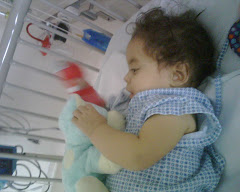


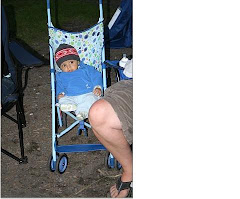

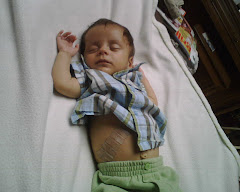
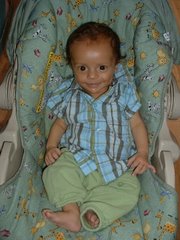

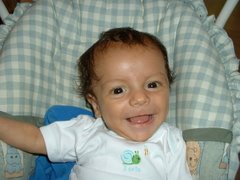
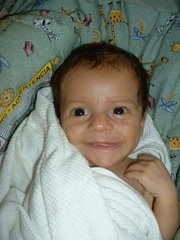
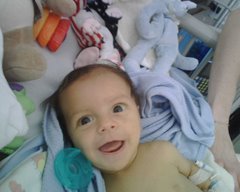

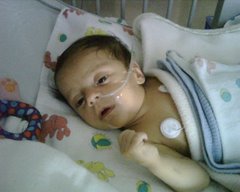
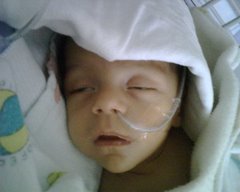
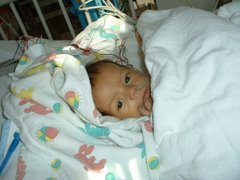
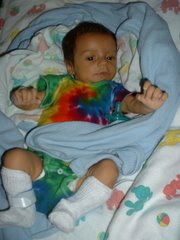

No comments:
Post a Comment